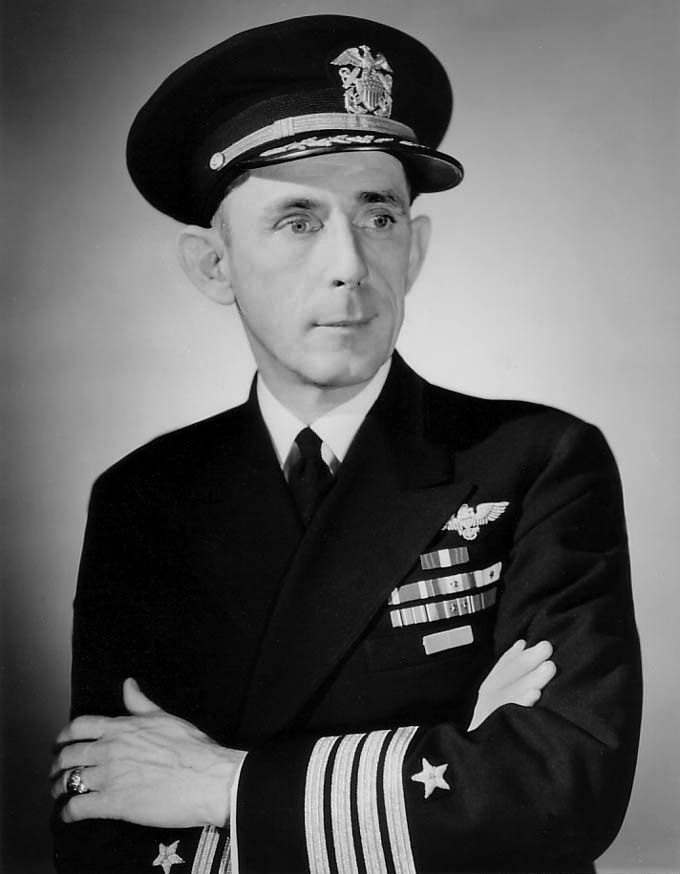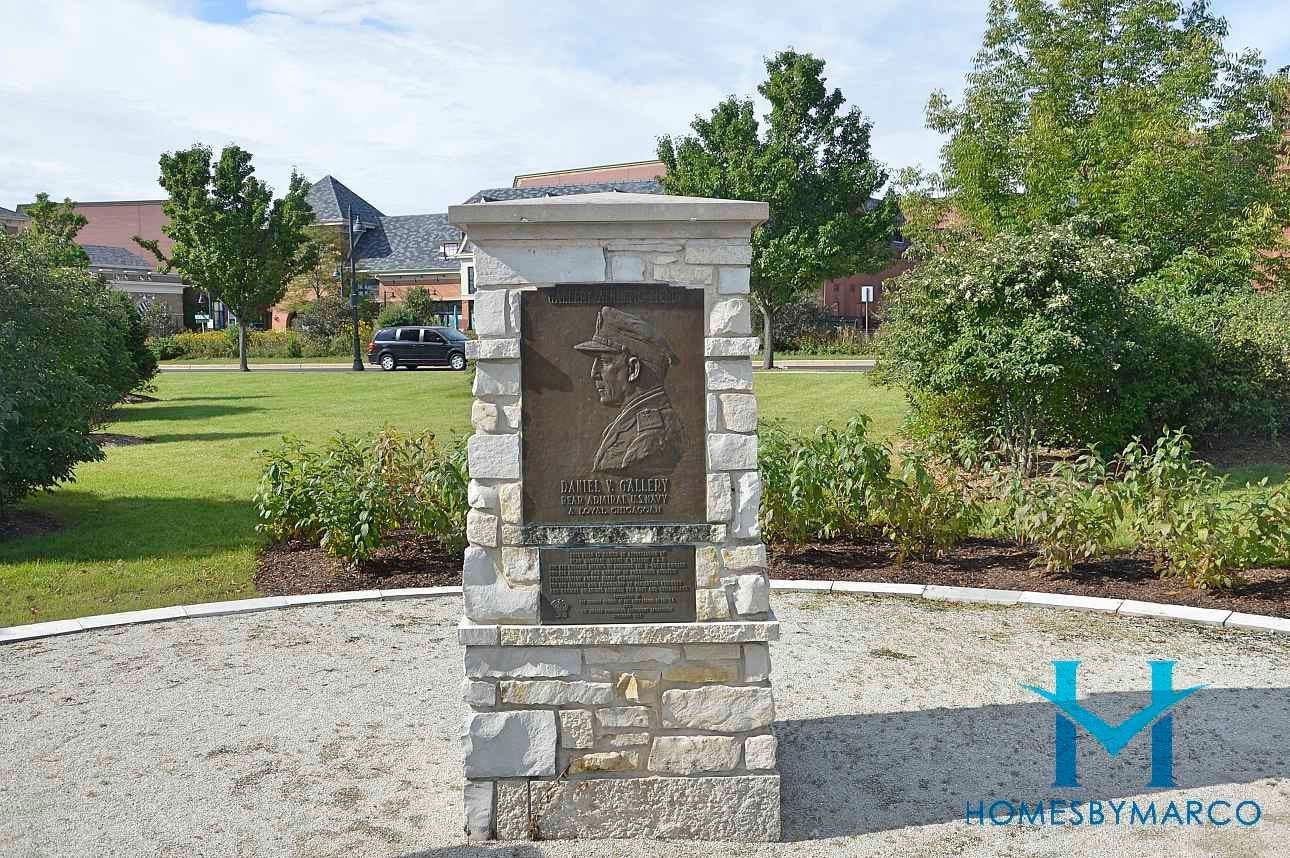8/2/2023
rear admiral daniel v. gallery: the man behind gallery park
AftFor many residents of the North Shore suburbs, Gallery Park in Glenview, Illinois represents a fond memory of spending time in nature with friends and family. At 142 acres, the sprawling open space has been home to fireworks shows, sports games, fishing trips, sunset walks, biking races, and more. However, did you know that the community park was named after US Rear Admiral Daniel (Dan) Vincent Gallery? In fact, if you look around, there’s even a plaque commemorating him in the park!
Born on July 10, 1901, Dan, a Chicago native, was the eldest of four brothers, all of whom would go on to pursue widely successful careers in the Navy. At age 16, Dan entered the prestigious US Naval Academy in Annapolis, Maryland, graduated a year early with stellar grades, and went on to represent the US in wrestling at the 1920 Olympics in Antwerp—all the while remaining on track to become a commissioned naval officer.
After graduating, Dan was swept up in the rush of the popularity of test piloting that spread from post-WWII Britain. A naturally talented aviator, Dan flew seaplanes, torpedo bombers, and amphibians in addition to winning at the National Air Races in the late 1930s in a Douglas TBD Devastator—a torpedo plane once considered to be the most lethal bomber of its time. During the interim war years, Dan led a mostly global career, serving as the Naval Attache at the US Embassy in Britain, where he ferried Supermarine Spitfires from the factories to Royal Air Force aerodromes.
Dan’s career-defining moment came to light during the campaign of the Atlantic in World War II. A Navy Captain, Gallery commanded
USS Guadalcanal and was the captain (or “skipper”) of Task Group 22.3, which performed 24-hour flight operations from destroyer escorts to hunt German U-boats, which posed a significant risk to unaware Allied ships. On June 4, 1944, the task group crossed paths with the German submarine U-505 off the coast of Africa. In its operational history, the submarine, with its 6 torpedo launchers, 22 torpedoes, 3 guns, and over 180 rounds of ammunition, was led by 4 different captains and sank 8 different Allied vessels.
That day, two Grumman F4F Wildcats spotted the U-boat, which valiantly tried to evade detection by diving under the
Guadalcanal. However, Dan already saw the submerged submarine and immediately sprung into action, vectoring destroyers onto her and damaging her so badly that the captain immediately ordered his crew to abandon ship. Dan ordered Task Group 22.3 to board the floundering submarine and, if possible, capture her. The boarders successfully completed their mission and even captured the sub’s highly sought-after Enigma code machine and code books, which was crucial for the war effort as they enabled codebreakers to read German signals immediately without having to spend precious time breaking the codes. U-505 became the first foreign man-of-war captured in battle on the high seas by the US Navy since the War of 1812, and for their actions, Task Group 22.3 won the Presidential Unit Citation and Dan received the Medal of Honor, the latter chronicling the adventure in his book,
Twenty Million Tons Under the Sea.
After the war, Dan was promoted to rear admiral and would go on to command the Naval Air Reserve Training Command at NASG from 1952 to 1954 during the Korean War. During the end of his tenure, Dan successfully advocated for the Museum of Science and Industry’s acquisition of U-505, which remains today as a permanent exhibit and as a National Historic Landmark! No doubt that was a major highlight for Dan at the time.


